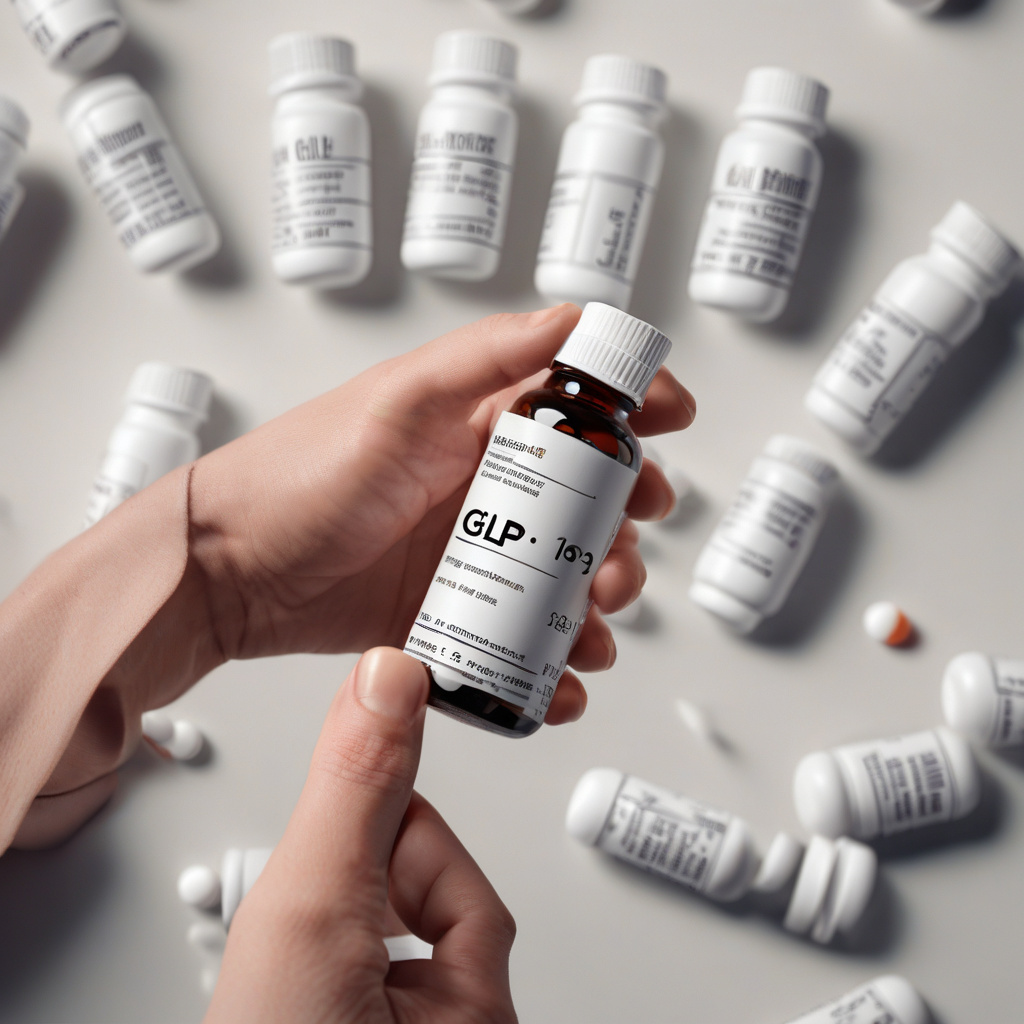GLP-1 Pills Will Be Priced Similarly to Injections, Wall Street Predicts
In the realm of pharmaceuticals, the race to develop groundbreaking treatments for obesity has taken center stage. With Eli Lilly and Novo Nordisk on the cusp of launching GLP-1 pills next year, industry analysts and investors are abuzz with predictions that the pricing of these pills will mirror that of their weight-loss injections. This revelation has sparked considerable interest and speculation within the healthcare and financial sectors alike.
The introduction of GLP-1 pills represents a significant advancement in the treatment of obesity. GLP-1, or glucagon-like peptide-1, is a naturally occurring hormone that plays a crucial role in regulating blood sugar levels and appetite. By harnessing the power of GLP-1 in pill form, pharmaceutical companies aim to provide patients with a more convenient and effective means of managing their weight and related health conditions.
One key aspect that has captured the attention of industry experts is the anticipated pricing strategy for these innovative pills. Traditionally, injectable medications have been priced at a premium compared to their oral counterparts. However, the consensus on Wall Street is that the pricing of GLP-1 pills will break away from this trend and align more closely with the cost of injections. This strategic pricing approach is seen as a reflection of the value and efficacy that GLP-1 pills are poised to deliver to patients.
The decision to price GLP-1 pills similarly to injections is underpinned by several factors. Firstly, it acknowledges the significant research and development investments that pharmaceutical companies have made in bringing these pills to market. The technological advancements and scientific breakthroughs that have culminated in the development of GLP-1 pills justify a pricing structure that reflects their innovative nature and potential impact on patient care.
Moreover, pricing GLP-1 pills on par with injections is also a strategic move to enhance patient access and adherence to treatment. By offering these pills at a competitive price point, pharmaceutical companies can potentially increase patient affordability and uptake, thereby maximizing the reach and impact of this novel treatment option. This patient-centric approach underscores a commitment to improving health outcomes and addressing the unmet needs of individuals grappling with obesity.
From an investor perspective, the pricing parity between GLP-1 pills and injections signals a promising opportunity for growth and profitability. The market potential for obesity-treatment medications is vast, with a growing number of individuals seeking effective solutions to manage their weight and improve their overall health. By pricing GLP-1 pills competitively, pharmaceutical companies can position themselves for success in a rapidly evolving and increasingly competitive landscape.
In conclusion, the prospect of GLP-1 pills being priced similarly to injections has set the stage for a new chapter in the treatment of obesity. This pricing strategy reflects a balance between innovation, affordability, and patient-centered care, signaling a paradigm shift in how pharmaceutical companies approach pricing and market access. As Eli Lilly and Novo Nordisk gear up for the launch of their GLP-1 pills, all eyes are on the potential impact that these groundbreaking medications will have on the lives of patients and the healthcare industry as a whole.
GLP-1 pills, obesity treatment, Eli Lilly, Novo Nordisk, pricing strategy












